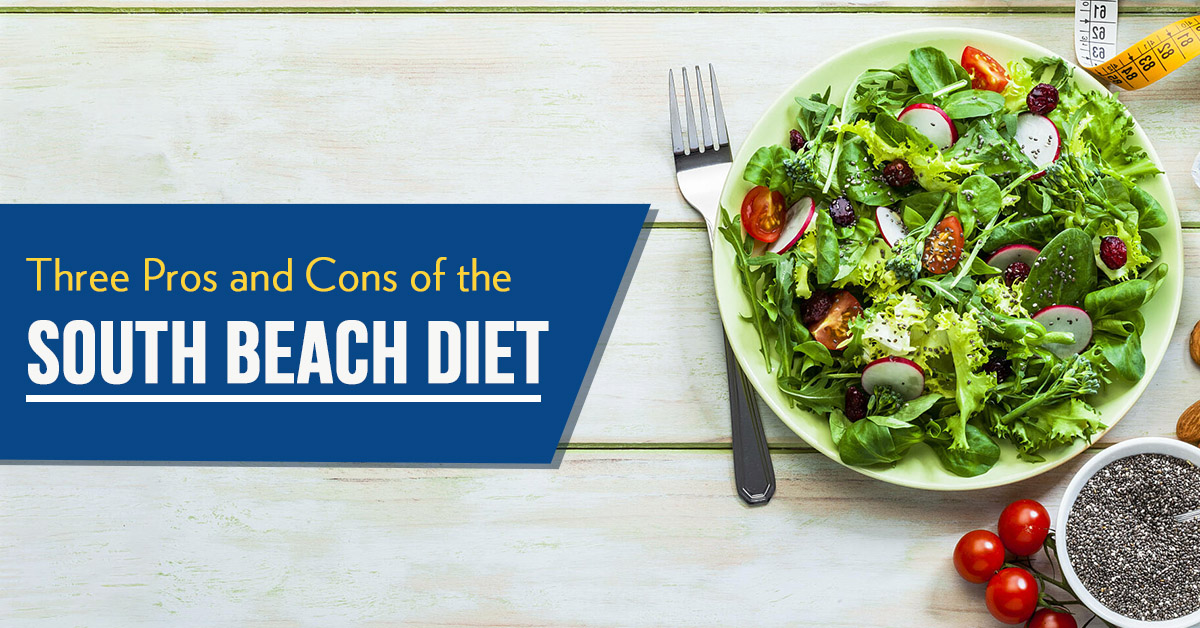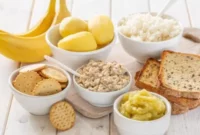Pros and Cons of South Beach Diet: This popular diet plan, known for its phased approach to weight loss, has garnered significant attention. Understanding its benefits and drawbacks is crucial for anyone considering this dietary path. We’ll delve into the mechanics of weight loss, nutritional implications, long-term sustainability, and potential risks associated with the South Beach Diet, providing a comprehensive overview to aid informed decision-making.
The South Beach Diet differentiates itself from other weight-loss programs by emphasizing a gradual shift towards healthier eating habits, rather than drastic calorie restriction. This approach, while potentially gentler on the body, necessitates careful consideration of its suitability for individual needs and health conditions. This analysis aims to illuminate the complexities of the South Beach Diet, enabling readers to weigh the advantages against the potential challenges.
Weight Loss Aspects of the South Beach Diet
The South Beach Diet, unlike many restrictive diets, focuses on sustainable weight loss through a phased approach that emphasizes healthy food choices and balanced macronutrient intake. It prioritizes complex carbohydrates and lean proteins, minimizing processed foods, sugary drinks, and unhealthy fats. This approach aims to stabilize blood sugar levels, curb cravings, and promote a feeling of fullness, thereby facilitating weight loss.
Mechanisms of Weight Loss on the South Beach Diet
The South Beach Diet promotes weight loss primarily through a combination of factors. Firstly, the restriction of refined carbohydrates and sugars reduces calorie intake, creating a caloric deficit necessary for weight loss. Secondly, the diet’s emphasis on lean protein and healthy fats helps to increase satiety, reducing overall food consumption. Thirdly, the diet’s focus on low-glycemic index foods helps to regulate blood sugar levels, preventing the energy crashes and subsequent overeating often associated with diets high in refined carbohydrates. Finally, the inclusion of healthy fats contributes to feelings of fullness and satisfaction, further aiding in weight management.
Comparison of Weight Loss Rates
While individual results vary, studies suggest that the South Beach Diet can lead to significant weight loss in the short term, comparable to other popular diets like the Atkins diet or the Mediterranean diet. The initial phase of the South Beach Diet, which is highly restrictive, often results in rapid weight loss due to the significant reduction in calorie intake and refined carbohydrates. However, the rate of weight loss tends to slow down as the diet progresses into its later phases, where more carbohydrates are gradually reintroduced. Direct comparisons between different diets are challenging due to variations in study designs, participant populations, and adherence levels. However, general consensus points to similar short-term weight loss across various approaches.
Long-Term Weight Maintenance
The South Beach Diet’s potential for long-term weight maintenance is arguably its greatest strength. Unlike crash diets that lead to rapid weight loss followed by weight regain, the South Beach Diet’s emphasis on lifestyle changes and sustainable dietary habits promotes long-term weight management. The gradual reintroduction of carbohydrates in later phases helps individuals avoid the deprivation often associated with restrictive diets, making it easier to maintain weight loss over time. However, long-term success relies heavily on consistent adherence to the diet’s principles and integration of regular physical activity.
Example Meal Plans
The following table provides examples of meals that adhere to the South Beach Diet’s principles, keeping in mind that portion sizes should be adjusted based on individual caloric needs and activity levels. These are illustrative examples and numerous variations are possible.
| Breakfast | Lunch | Dinner | Snacks |
|---|---|---|---|
| Scrambled eggs with spinach and mushrooms | Grilled chicken salad with mixed greens and a light vinaigrette | Baked salmon with roasted vegetables | A handful of almonds or a small piece of fruit (berries) |
| Greek yogurt with berries and a sprinkle of nuts | Turkey breast sandwich on whole-wheat bread (in later phases) with lettuce and tomato | Lean ground beef stir-fry with brown rice (in later phases) | Hard-boiled egg or a small portion of cottage cheese |
| Oatmeal (in later phases) with berries and a dollop of Greek yogurt | Lentil soup with a side salad | Chicken breast with steamed broccoli and quinoa (in later phases) | Celery sticks with peanut butter (in moderation) |
Final Conclusion
Ultimately, the decision of whether or not to embark on the South Beach Diet requires careful consideration of individual health status, lifestyle, and long-term goals. While the diet offers potential benefits like weight loss and improved blood sugar control, it’s essential to be aware of potential drawbacks such as nutrient deficiencies and the challenges associated with long-term adherence. A balanced assessment of the pros and cons, coupled with consultation with a healthcare professional, is crucial for making an informed and responsible choice.




